Faye Toogood’s colour therapy lamp is made from shellfish waste
The natural tones of a bioplastic derived from shellfish waste inspire a kaleidoscopic lamp by Faye Toogood and The Shellworks
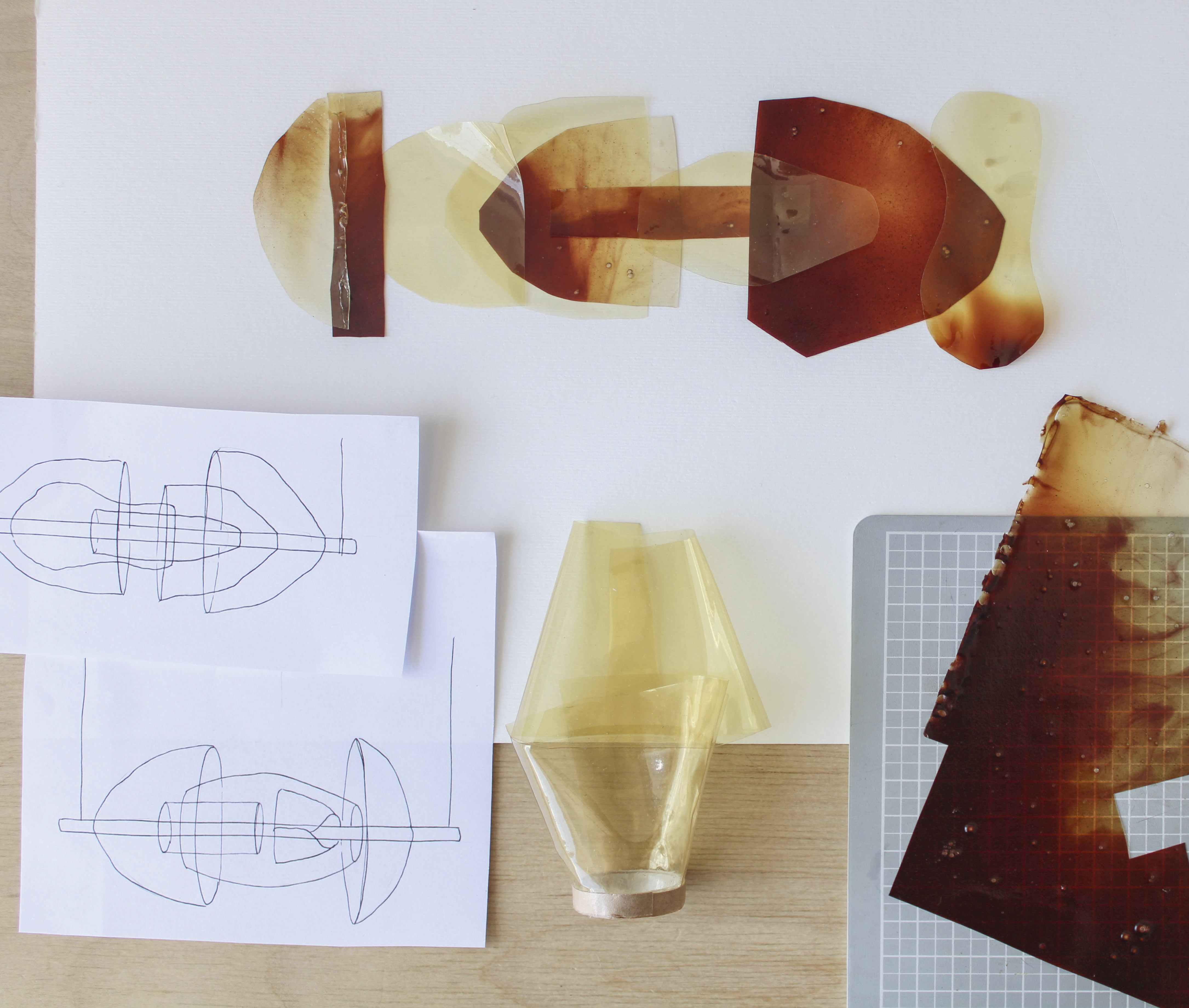
For Wallpaper* Re-Made, British artist and designer Faye Toogood has been working on a sculptural lamp that offers a calming form of light and colour therapy in the home. Tagged ‘Kaleidoscope’, the lamp has a timeless aesthetic, in keeping with Toogood’s long-standing goal of creating pieces that are used and valued for many years.
Toogood has centred her practice on materials, so we connected her with London-based material innovator The Shellworks, which has extracted a biopolymer called chitosan from shellfish waste, in order to create a bioplastic. As the second most abundant biopolymer in the world, chitosan reflects the company’s aim ‘to tackle the plastic problem at scale’, says CEO and co-founder Insiya Jafferjee.
Shellfish waste is not often upcycled, but it has enormous potential. ‘We can create both amorphous (flexible) and crystalline (rigid) forms, which is quite rare for bioplastics, which typically tend towards one form,’ Jafferjee says.
It was The Shellworks’ transparent and heat-resistant sheet material that caught Toogood’s eye. ‘With its slight rigidity, it’s not unlike some of the fabrics and canvases we have used in the Toogood fashion collection,’ she says. ‘Our signature “Oilrigger” coat has sculptural details created with folds and seam lines that inspired [the lamp’s] direction.’
RELATED STORY
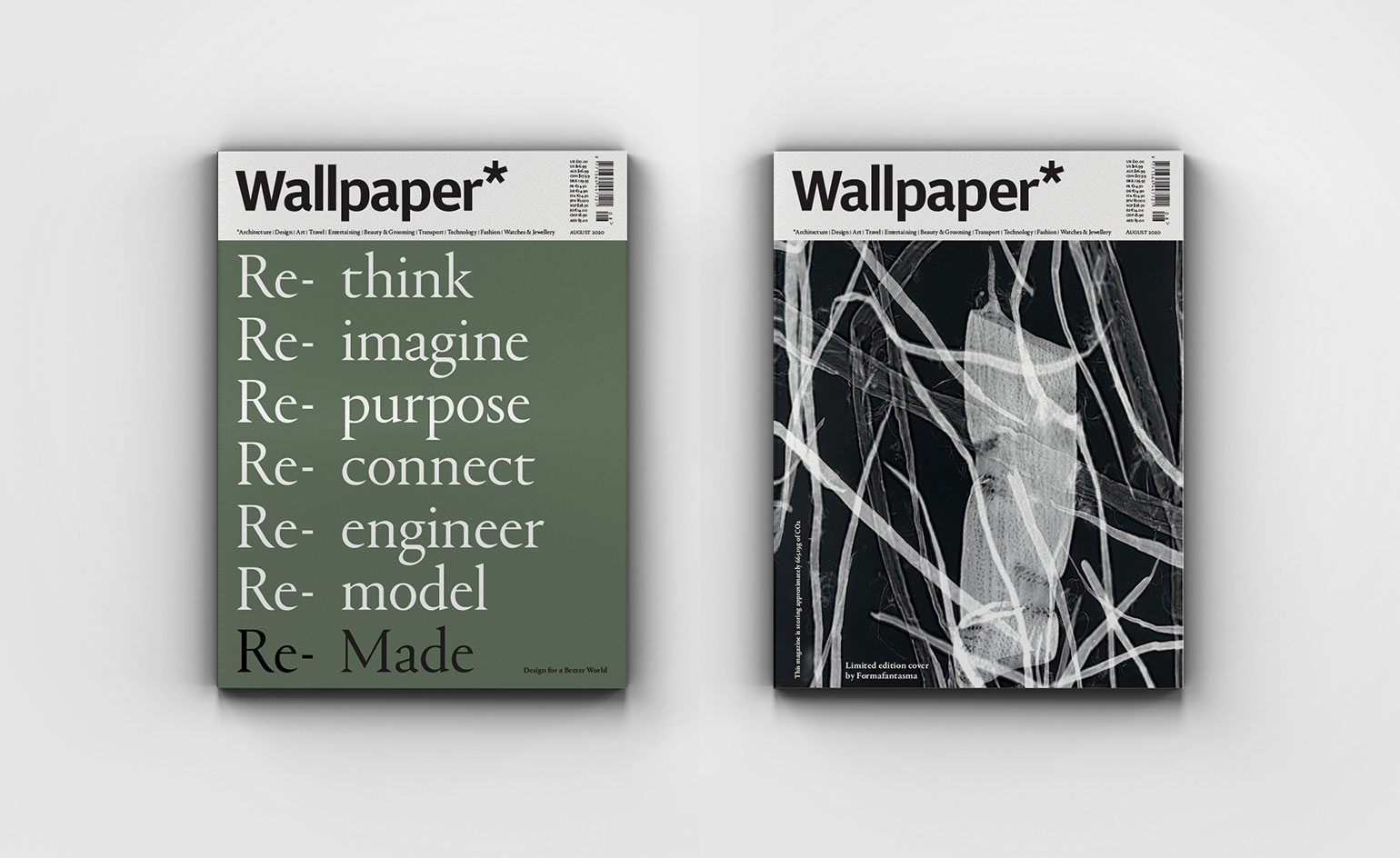
The design of the lamp also draws on the natural inconsistency in the bioplastic’s tonal colours, caused by trace minerals left behind from the extraction process. ‘It reminds us of 1960s fibreglass in beautiful golden nicotine colours,’ says Toogood, ‘but now eco-friendly.’ By layering sheets and shaping them into different conical and cylindrical forms, she hopes to create a kaleidoscopic effect. ‘We’re excited to play with the material to create soft volumes with ever-changing light patterns and shadows.’
Toogood has previously created lamp shades in rigid materials such as fibreglass, but she has also worked with materials that need support, like Japanese paper – so The Shellworks’ material, both flexible and self-supporting, presented itself as an intriguing new middle ground to explore.
Some of the shapes and forms achieved so far fittingly imitate the way light is refracted underwater. Like an ever-changing kaleidoscope, The Shellworks’ material also morphs over time, due to frequent exposure to light, or reactions occurring between the sheets and the environments they inhabit. Says Jafferjee, ‘We hope to harness some of these changes and celebrate them; it’s quite a magical part of the material’s behaviour.’
INFORMATION
fayetoogood.com
t-o-o-g-o-o-d.com
theshellworks.com
Receive our daily digest of inspiration, escapism and design stories from around the world direct to your inbox.
Sophia Acquistapace is a contributor to Wallpaper*. She coordinated the brand’s annual Handmade exhibition in 2019 and assisted with the introduction of Wallpaper* Re-Made the year after. Having written for a number of August issues that focussed on design that can enrich and endure, she has since been exploring accessible design in spaces and brands.
-
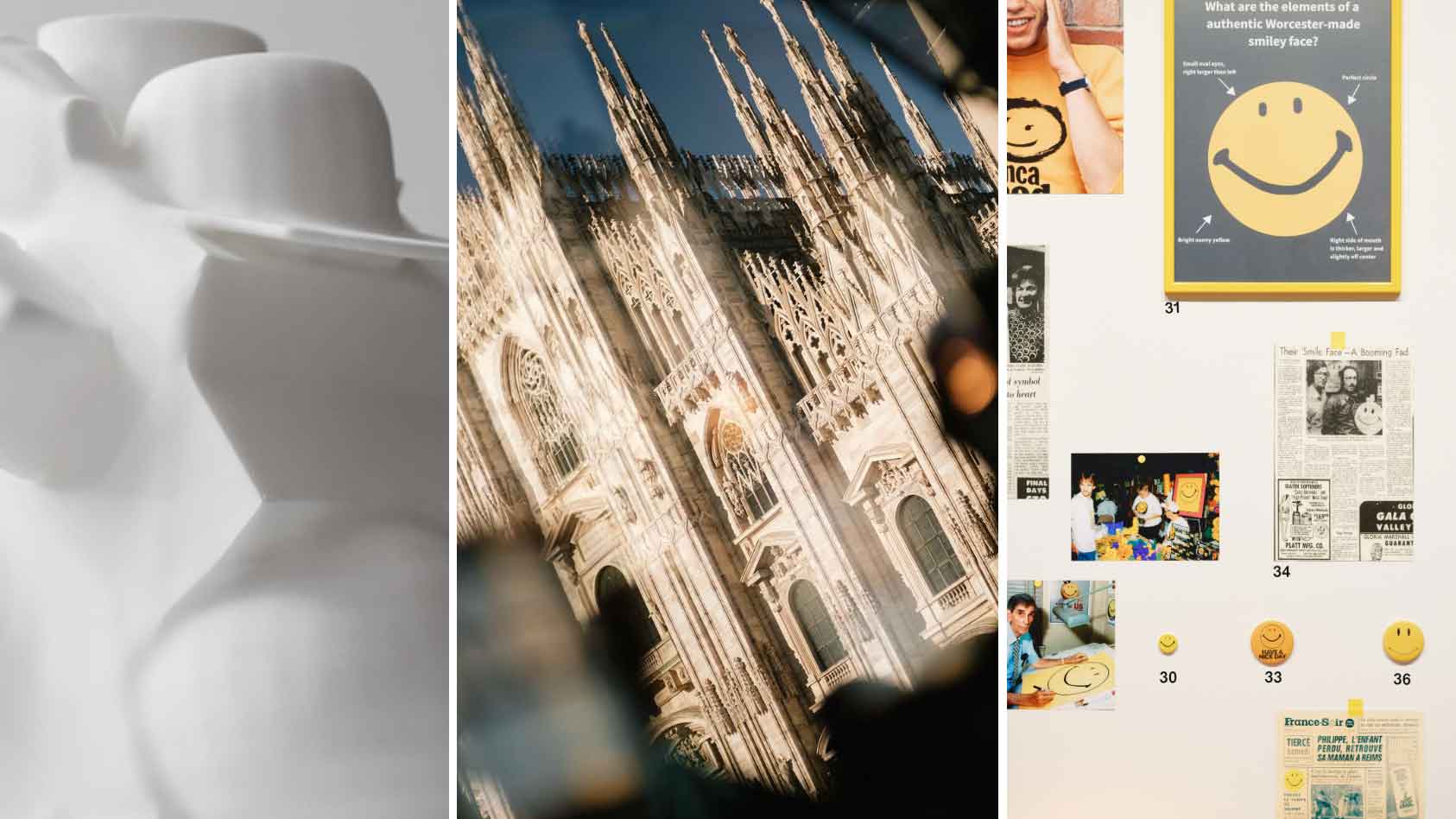 We asked six creative leaders to tell us their design predictions for the year ahead
We asked six creative leaders to tell us their design predictions for the year aheadWhat will be the trends shaping the design world in 2026? Six creative leaders share their creative predictions for next year, alongside some wise advice: be present, connect, embrace AI
-
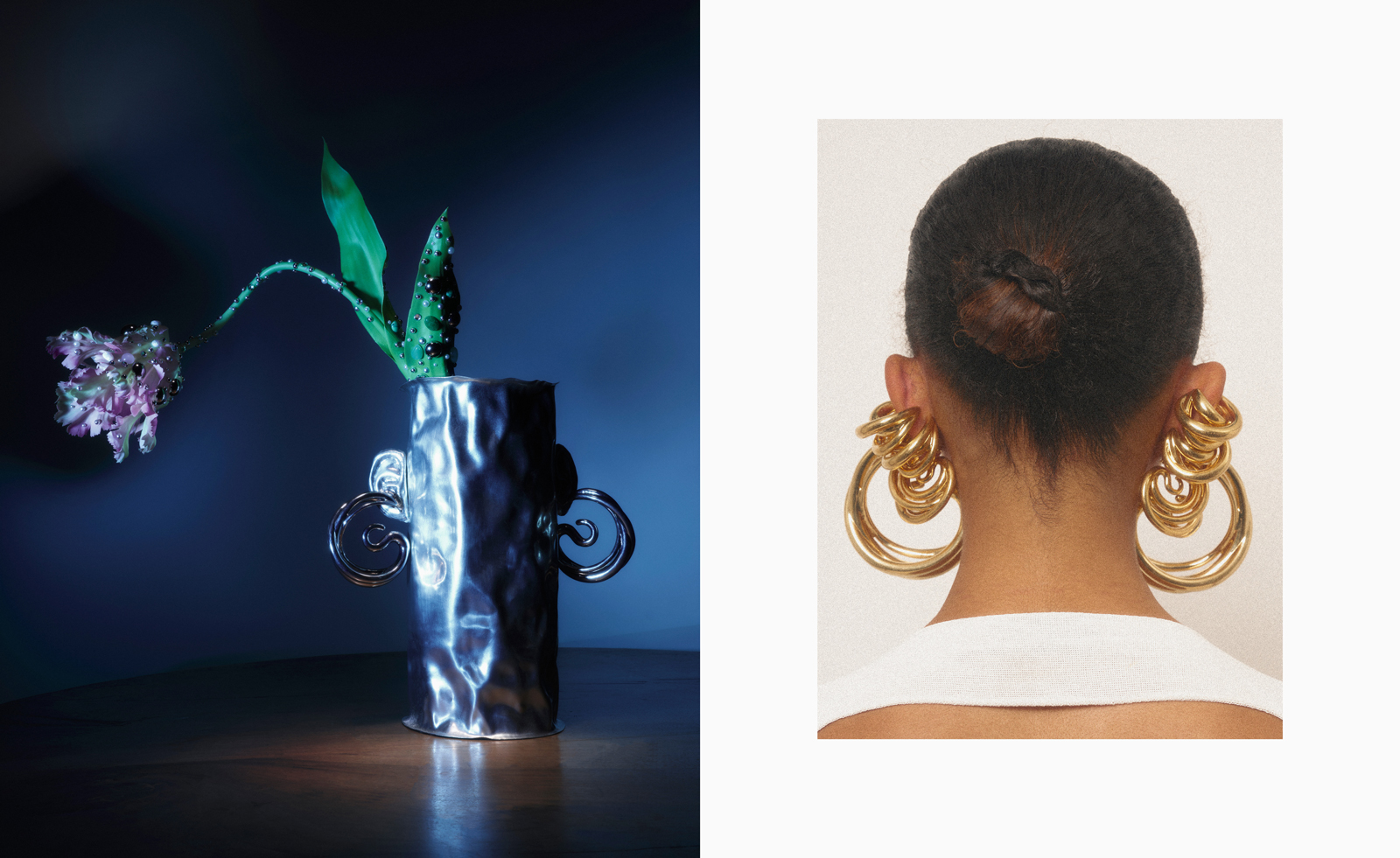 10 watch and jewellery moments that dazzled us in 2025
10 watch and jewellery moments that dazzled us in 2025From unexpected watch collaborations to eclectic materials and offbeat designs, here are the watch and jewellery moments we enjoyed this year
-
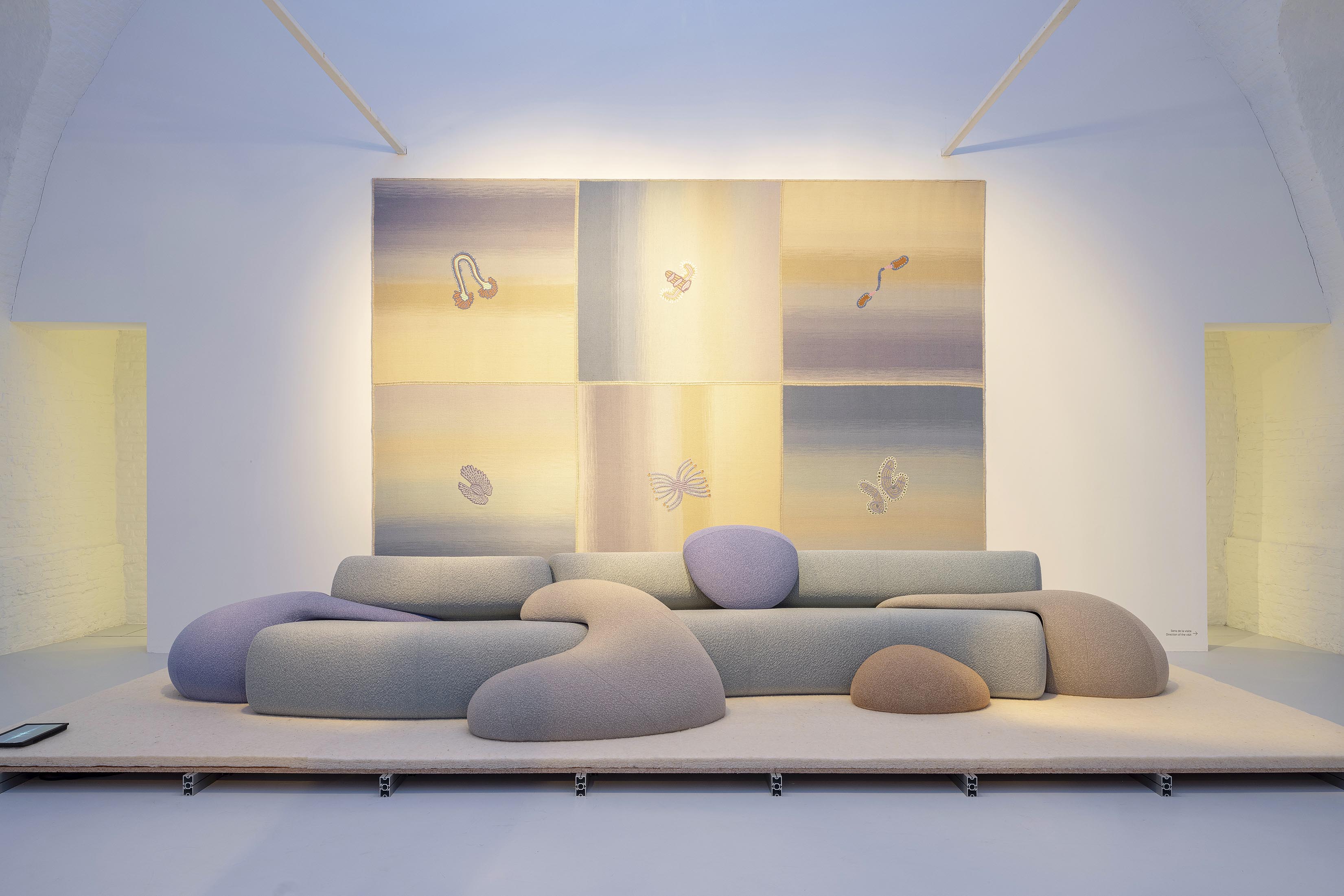 Patricia Urquiola reveals an imaginative inner world in ‘Meta-Morphosa’
Patricia Urquiola reveals an imaginative inner world in ‘Meta-Morphosa’From hybrid creatures and marine motifs to experimental materials and textiles, Meta-Morphosa presents a concentrated view of Patricia Urquiola’s recent work